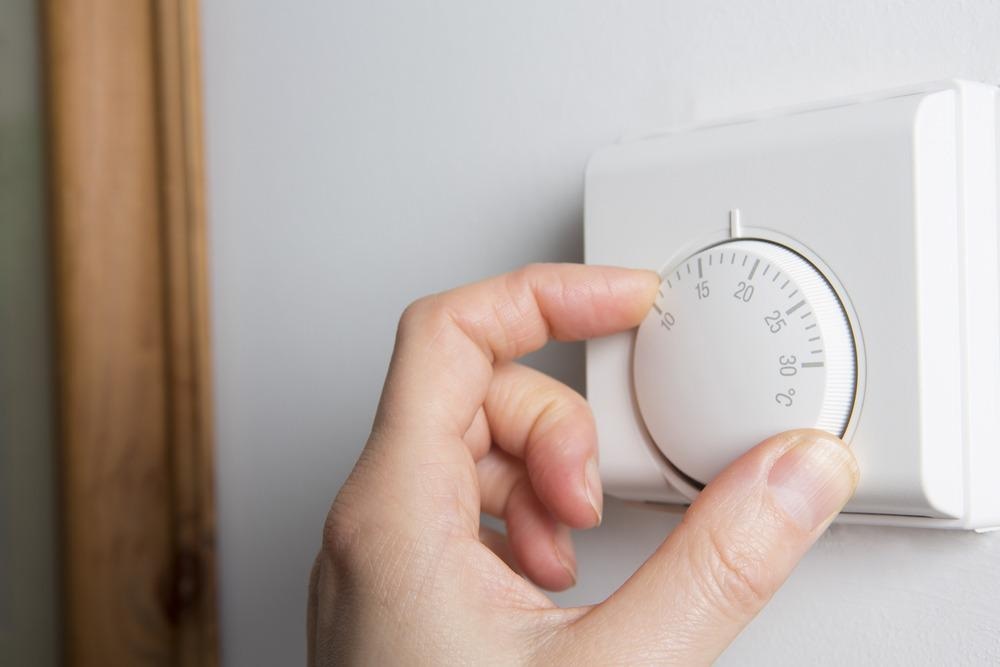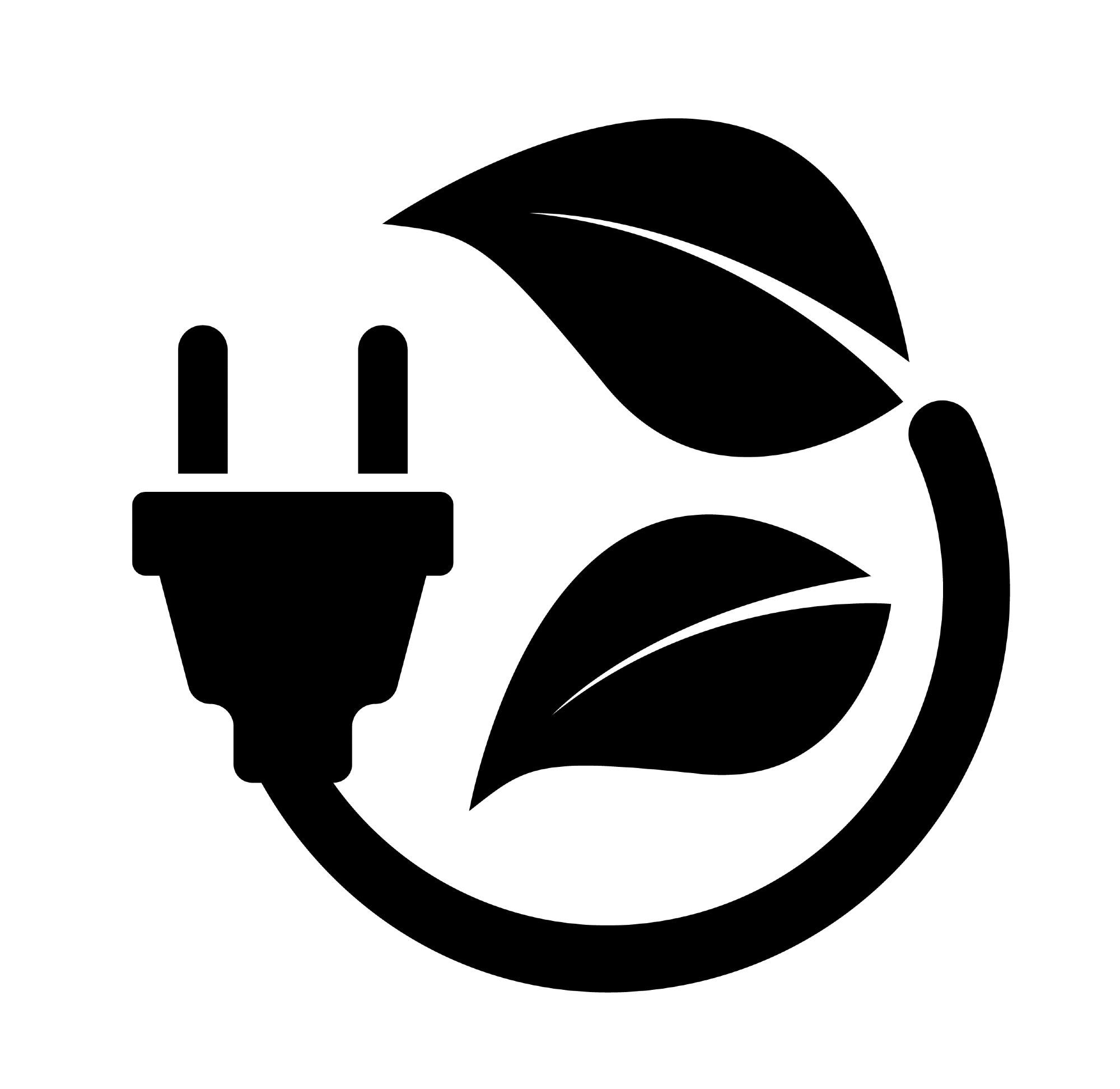The concept of sustainable construction can be simply defined as the ability to construct an affordable, healthy and comfortable building structure. The materials, processes, and maintenance during the entire lifecycle of the building should be considered so that there are as few negative impacts on the environment as possible.

Image Credit: Daisy Daisy/Shutterstock.com
Sustainability is a vital consideration in the construction industry, as 45% of the overall carbon emissions in the United Kingdom come from buildings. This statistic is broken down to 18% from non-domestic and 27% from domestic buildings. With demolition and construction within the construction industry producing 32% of waste, the end-of-life of buildings should be further considered.
The building sector utilizes more energy compared to any other sector. The sector uses around 40% of global energy yearly and is responsible for 20% of global greenhouse gas emissions. There is predicted to be a 56% increase in building CO2 emissions by the year 2030.
How Companies are Making their Buildings Sustainable
The trend of green recovery is not new, but recently more companies have been pushing this agenda. Companies are pursuing zero-carbon buildings and are optimizing the performance of the construction cycle through various methods, namely designing the building to be ultra-efficient and entirely electric. Finally, buildings must utilize and rely on renewable and local sources of power.
Sustainable Bamboo as a Flooring Material
There are approximately 1500 bamboo species, but only a few have the potential to be utilized in structured construction.
Traditional flooring is usually made of hardwood floor panels, which are a cost-effective option but pose risk to the environment, making them not a sustainable option.
An alternative material has been discovered in the form of bamboo, as it is versatile, lightweight, and when strand-woven can have exceptional durability. Consequently, it also possesses efficient and impressive mechanical properties and a strength-to-weight ratio that is better or equal to lumber and steel.
The Drawbacks of Bamboo-Reinforced Concrete
Some bamboo species have similar compressive strengths to concrete making, them an alternative and inexpensive flooring material for commercial spaces. Bamboo is easily grown and can be harvested within 3 to 5 five years, compared to normal trees which take 25 years to fully mature.
Bamboo can regrow without it having to be replanted, further attributing to the environmentally friendly nature of manufacturing bamboo for commercial use. It also requires little to no maintenance to survive, is drought-resistant, and can be grown in various types of soils. The selection of bamboo will significantly assist in the efforts to slow or reduce deforestation.
Barriers to commercialized use of bamboo are due to the lack of building codes and standards. Without building standards, engineers and architects will be reluctant to incorporate bamboo in construction despite it having exemplary environmental and aesthetic qualities.
Energy-Efficient Glass Windows
Traditional glass is considered to be responsible for around 40% of a building's energy consumption from heating, cooling, and lighting. It is a building component classified as low in energy efficiency due to its inability to regulate and reflect outside weather conditions.
However, new sustainable technology has seen the rise of smart or switchable glass windows.
Smart glass windows can change their heating and lighting properties, which lessens the usage of energy during the day. Buildings using smart windows have been proven to save energy costs by up to 30%. The windows are designed to automatically block heat and light depending on the outside environment by adjusting the window tint.
For example, during warmer weather conditions, to cool the inside of the building the windows become opaque to obstruct heat and light. Furthermore, during warmer conditions when the air conditioning might usually be running, if the windows turn opaque it can trap the cool air in, creating less strain and overuse of the system.
It is also important to note that the system is capable of manual and automatic control, and reflects the fluctuating weather and sun pattern from sunrise to sunset. During early mornings, the eastern facade of the house will be in direct exposure to the sun.
Therefore the system can adjust to these conditions, having the eastern facade block the light and the other facades allow natural light in, transitioning throughout the day depending on the sun's alignment and heating requirements.

Image Credit: Arc Tina/Shutterstock.com
As smart glass is becoming a significant trend and building material within the construction industry, the market is expected to reach $3.75 billion by 2026. Regulatory bodies are also encouraging the importance of smart energy-saving glass such as LEEDS, and the national green building standard. This is important as it promotes investment and a change of mindsets within the industry.
While the predominant use for smart glass windows is in the construction and building industry, opportunities have also arisen in the transportation and aerospace industries. For instance, both Mercedes and BMW have introduced smart glass in the different components of a vehicle, producing further benefits in UV protection, reduced noise, and fuel consumption.
Moving Toward Green Insulation
Insulation within buildings is used as a barrier to stop the transfer of heat and energy from outside to inside the building. In the past, insulation has been hazardous due to the asbestos content in materials.
A traditional form of insulation is sprayed foam insulation, which creates large impacts on the environment and home. Spray foam emits tons of greenhouse gases and is also made with various chemicals to ensure it is not flammable. These affect the air quality inside and outside the home. Therefore, alternative recyclable insulation materials have risen in popularity.
The most common insulating alternatives are fiberglass made from recycled glass, cellulose made from recycled paper, mineral wool made from building material, sheep's wool, and hemp.
Hemp insulation, for example, contains 92% of hemp fibers, with the rest made of polyester fibers. As hemp is a natural plant product, there is less impact on the environment in the manufacturing stage. The plant acts like a weed meaning it requires very low maintenance to grow to its full potential.
The installation process is additionally easier with hemp insulation compared to fiberglass or cellulose that causes side effects of itching and coughing for the installer.
However, hemp insulation is a fairly new addition to the market, as it only reached the North American market around 2018. It also is not considered yet to be an industry standard, as there are many other materials proven to be eco-friendly alternatives for insulation that have been on the market longer.
Another fairly new development in insulation is the concrete block with embedded insulation. The material is created during the building process with concrete poured between insulation foam molds, hence the name insulated concrete foam (ICF).
Concrete already has high thermal conductivity and durability properties, however, this product as a whole also has both energy efficiency and soundproofing benefits. By 2026, the ICF market is expected to reach a value of USD 1.56 billion, becoming more popular in developing regions such as Asia and the Middle east.
Conclusion
To conclude, there is a range of new as well as established greener materials that have the potential to save significantly on energy costs in both residential and commercial properties, as the focus on emissions and sustainability is ever-growing.
Further Reading and References
New Sustainable Building Materials Trends in 2021 | PRO CREW SCHEDULE (2021). Available at: https://www.procrewschedule.com/new-sustainable-building-materials-trends-in-2021
Six Sustainable Building Materials to Look for in 2021 (2020). Available at: https://www.forconstructionpros.com/sustainability/article/21201301/six-sustainable-building-materials-to-look-for-in-2021
What’s The Difference Between Green And Sustainable Buildings? (2020). Available at: https://www.iotacommunications.com/blog/difference-between-green-and-sustainable-building/
Thurley, W., 2020. Future Trends for Sustainable Buildings. [online] Schneider Electric Blog. Available at: <https://blog.se.com/building-management/2020/08/28/future-trends-for-sustainable-buildings/>
Silverman, E., 2021. Can Bamboo Construction Material Replace Timber and Steel? | Built. [online] Built | The Bluebeam Blog. Available at: <https://blog.bluebeam.com/building-with-bamboo/>
Greenfield, M. (2020) Hemp Insulation – What Every Homeowner Needs To Know, Innovative Building Materials. Available at: https://innovativebuildingmaterials.com/hemp-insulation/
Prnewswire.com. 2019. Smart Glass in Construction, Transportation, and Other Applications (2019-2024): Worldwide Market Insight Report. [online] Available at: <https://www.prnewswire.com/news-releases/smart-glass-in-construction-transportation-and-other-applications-2019-2024-worldwide-market-insight-report-300889386.html>
Disclaimer: The views expressed here are those of the author expressed in their private capacity and do not necessarily represent the views of AZoM.com Limited T/A AZoNetwork the owner and operator of this website. This disclaimer forms part of the Terms and conditions of use of this website.